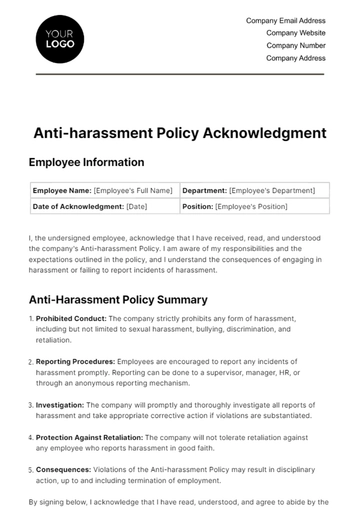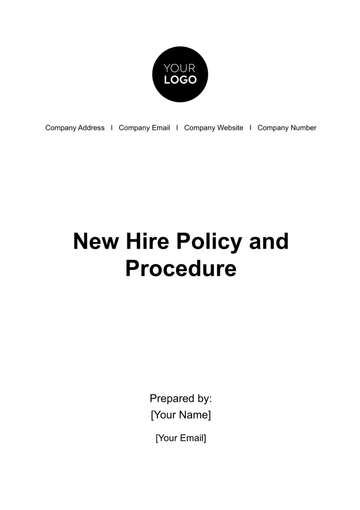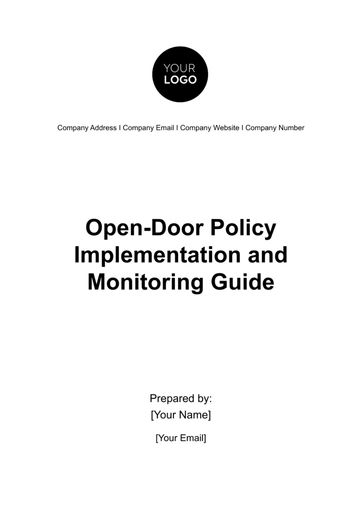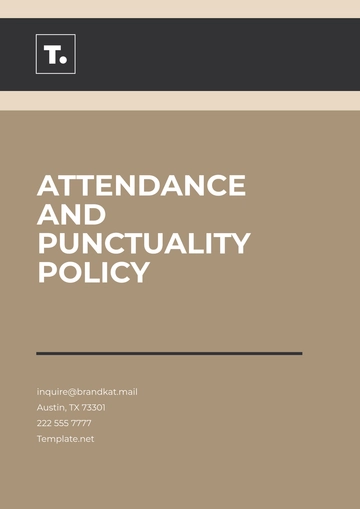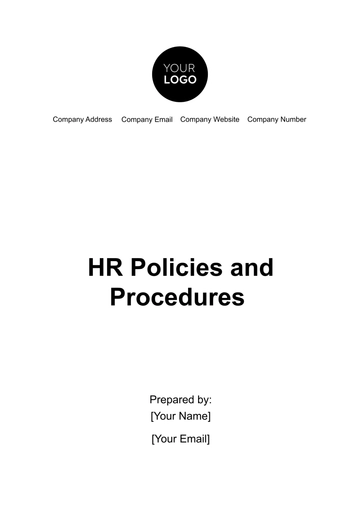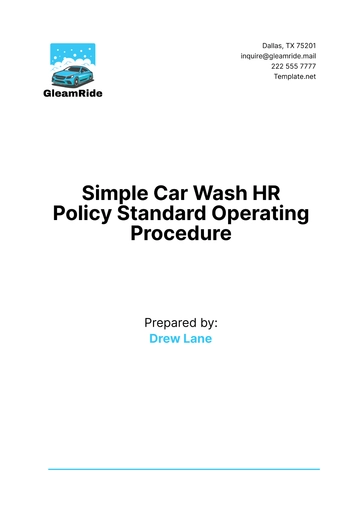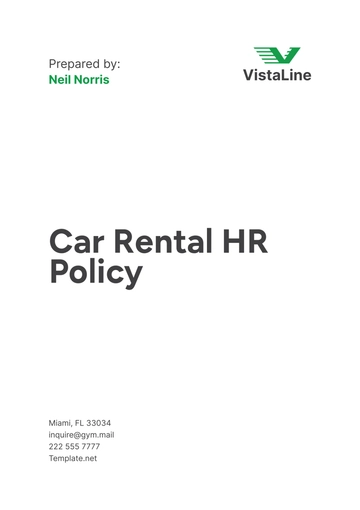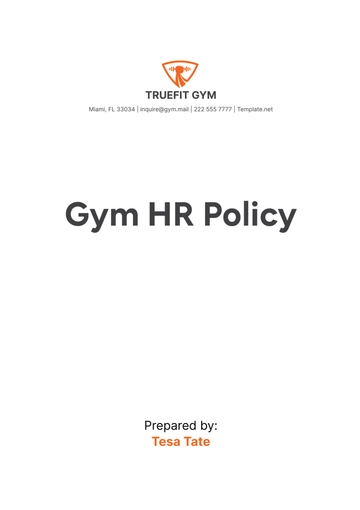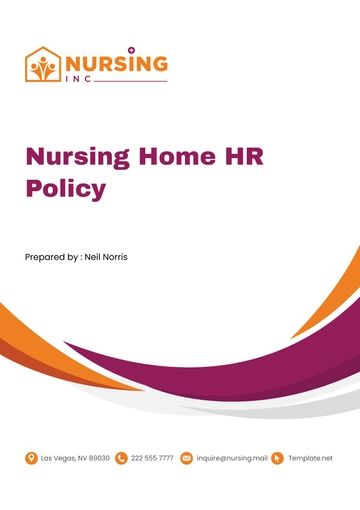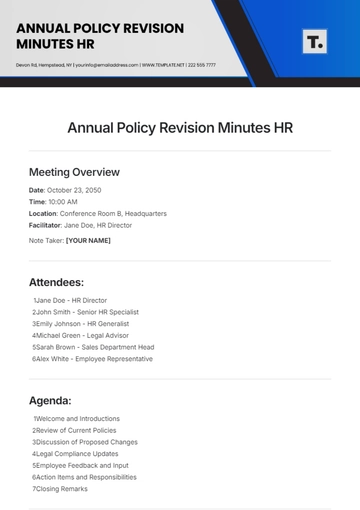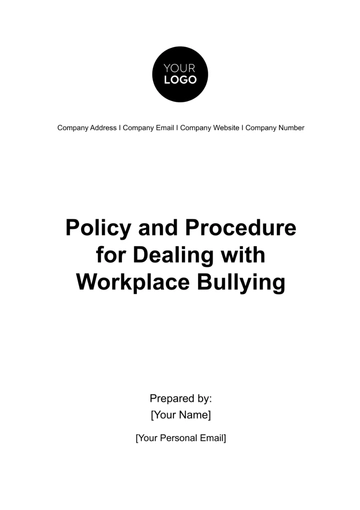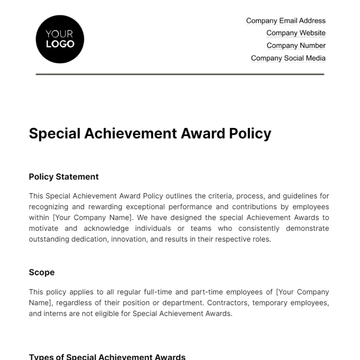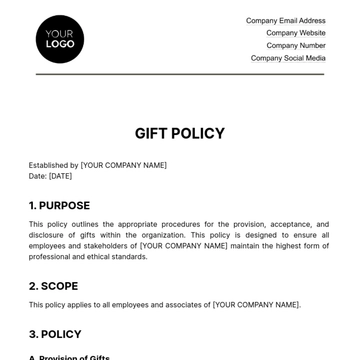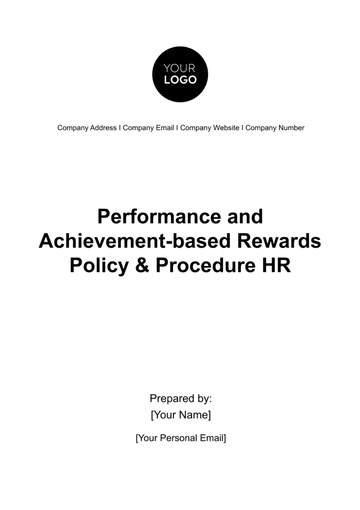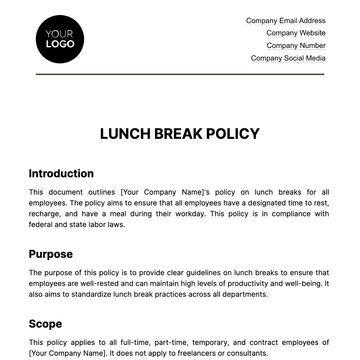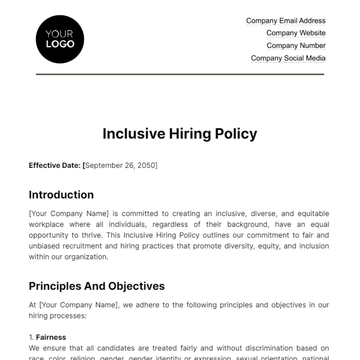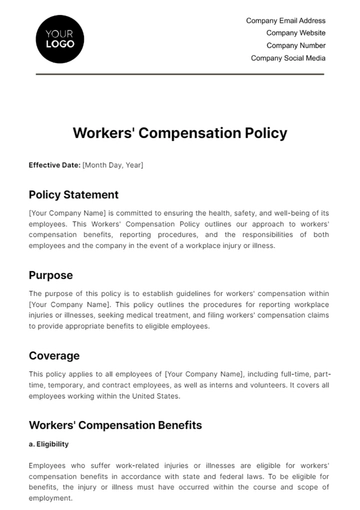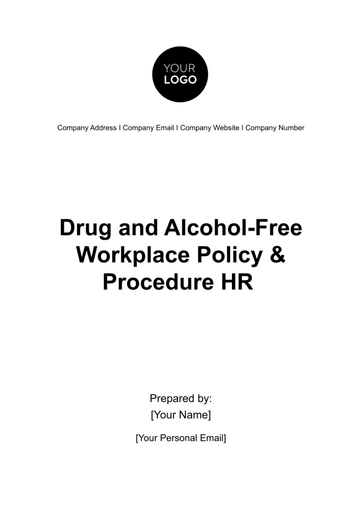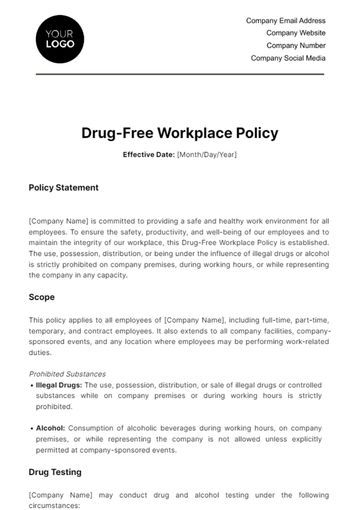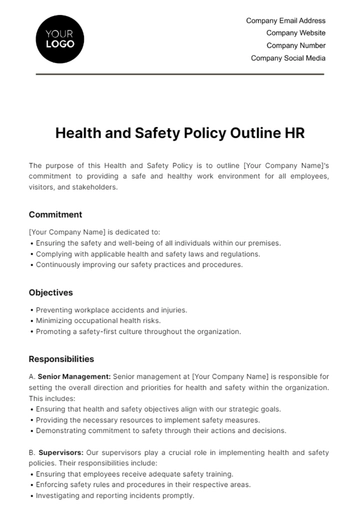TIME OFF POLICY OUTLINE
Document Version: 1.0
INTRODUCTION
Welcome to the Time Off Policy of [Your Company Name]. Our policy is designed to provide a balanced approach to time off that promotes employee well-being while ensuring operational continuity.
TIME OFF CATEGORIES
Paid Time Off (PTO)
Paid Time Off (PTO) is a comprehensive category that combines both vacation and personal days into a single bank of leave days. It offers employees the flexibility to use their time off for various purposes, including vacations, personal appointments, or simply taking a day off to recharge.
All full-time employees of [Your Company Name] are eligible for PTO benefits. Part-time employees are also eligible for PTO benefits on a pro-rated basis based on their weekly hours.
Employees will accrue PTO based on their length of service with the company. The accrual rate is set at 1 day of PTO per month of employment. PTO days are accrued at the end of each calendar month and can be carried over from year to year, with a maximum carryover limit of 15 days.
Holidays
[Your Company Name] recognizes and observes several holidays throughout the year to allow employees to spend time with their families and celebrate cultural and national traditions. Holiday time off is provided as a paid benefit to eligible employees.
All full-time and part-time employees are eligible for holiday time off. The company will provide a list of recognized holidays and their dates each year, extending beyond the year 2050.
Unpaid Leave
Unpaid leave is available for employees who require extended time off for personal reasons not covered by PTO or holiday policies. This category of leave is subject to approval and is unpaid, meaning that employees will not receive their regular compensation during their time off.
All employees, including full-time and part-time, are eligible to request unpaid leave. The eligibility for unpaid leave is not contingent upon length of service, but approval is subject to management discretion.
To request unpaid leave, employees must complete and submit the official Leave Request Form, which can be obtained from the HR department. Employees should submit their request at least 7 days in advance of the intended leave start date. The form should be submitted to the HR department for review and approval.
REQUESTING TIME OFF
Submission
To request time off, employees must use the company's designated time-off request system, which is accessible through the company's intranet. The system will guide employees through the process of selecting the type of leave, specifying the dates, and providing any required explanations or justifications.
Employees are encouraged to submit time-off requests well in advance to allow for adequate planning and coverage. In general, employees should submit their requests at least 2 weeks before the desired time off. For holiday time off requests, additional notice may be required due to increased demand during these periods.
Approval
Time-off requests will be reviewed and approved or denied by the employee's immediate supervisor or manager. Managers will consider factors such as workload, project deadlines, and team coverage when making approval decisions.
Employees can expect to receive a response to their time-off requests within 5 business days of submission. If a request is denied, the employee will receive a clear explanation for the decision.
ACCRUAL AND AVAILABILITY
Paid Time Off (PTO)
Accrual of PTO days will be tracked electronically through the company's HR software. Employees can view their accrued PTO balance at any time by accessing the HR system.
Employees may start using accrued PTO days after 90 days of continuous employment with the company. PTO days are available for use in full-day increments and can be used for any purpose allowed under the PTO policy.
Holidays
Availability:
Holiday time off is available to eligible employees on the actual dates of the recognized holidays. The specific holidays and their dates are provided annually in the holiday schedule, which extends beyond the year 2050. Employees are eligible for holiday pay even if they have not yet completed 90 days of employment.
USAGE GUIDELINES
Paid Time Off (PTO
Employees may use Paid Time Off (PTO) for various purposes, including but not limited to:
Vacation: Employees are encouraged to take regular vacations to recharge and relax. Please provide reasonable notice when requesting vacation time.
Personal Days: PTO can also be used for personal appointments, family events, or other personal reasons. We understand that life happens, and personal time off may be necessary.
To ensure operational continuity, employees are encouraged to maintain a reasonable minimum balance of PTO. The specific minimum balance may vary depending on the employee's role and responsibilities. It is essential to plan ahead and coordinate with your manager to manage your PTO balance effectively.
Holidays
Holidays are recognized and celebrated days during which employees are entitled to paid time off. During these holidays, employees are encouraged to rest, spend time with family and friends, and engage in activities that promote well-being.
To ensure adequate staffing and seamless operations, the availability of holiday time off may vary based on business needs. Employees are encouraged to coordinate holiday requests with their managers well in advance.
Unpaid Leave
Unpaid leave may be granted for personal reasons, including extended personal vacations, educational pursuits, or other extraordinary circumstances. Employees must adhere to the following guidelines:
Request Procedure: To request unpaid leave, employees must submit a formal request to their immediate supervisor or manager. The request should include the reason for the leave, its expected duration, and any relevant documentation.
Duration: The duration of unpaid leave will be determined on a case-by-case basis, considering the specific circumstances and business needs. [Company Name] will make reasonable efforts to accommodate such requests while ensuring minimal disruption to operations.
SPECIAL CONSIDERATIONS
Sick Leave
All full-time employees are eligible for sick leave. Part-time employees may be eligible for prorated sick leave benefits based on their regular hours worked.
When requesting sick leave, employees may be required to provide appropriate documentation, such as a medical certificate or a doctor's note, depending on the duration of the leave. This documentation helps validate the need for sick leave and assists in planning for temporary workload adjustments.
Maternity/Paternity Leave
Employees who have completed a specified period of service with [Company Name] are eligible for maternity and paternity leave. Eligibility criteria may vary based on local laws and regulations.
The allowable duration of maternity and paternity leave varies based on regional legal requirements and the employee's specific situation. Please refer to the Maternity/Paternity Leave Policy for detailed information on eligibility and leave duration.
CONCLUSION
At [Your Company Name], we value the well-being of our employees and strive to provide a flexible and fair Time Off Policy. Please refer to the full Time Off Policy document for comprehensive details.
HR Templates @ Template.net

